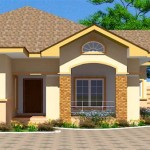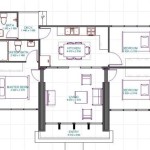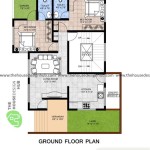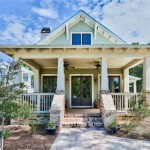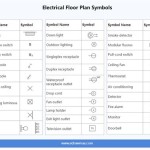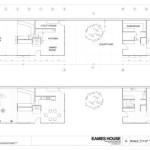Essential Aspects of House Plans With Carport
Incorporating a carport into your house plan offers numerous advantages, such as protection for your vehicle from weather elements, additional storage space, and enhanced curb appeal. When considering house plans with carports, there are several key aspects to keep in mind to ensure functionality, convenience, and overall satisfaction.
Size and Dimensions
The size and dimensions of the carport will depend on the size and type of vehicle you plan to accommodate. Measure the length, width, and height of your vehicle and add a few feet of clearance on all sides to allow for comfortable entry and exit. Additionally, consider the slope of the driveway and ensure the carport provides adequate clearance for vehicles entering or exiting during inclement weather.
Location and Orientation
The location and orientation of the carport are crucial for both accessibility and aesthetics. Choose a location that provides easy access to the main entrance of the house and minimizes disruption to the overall flow of the property. Consider the direction of the prevailing winds and sun exposure to determine the optimal orientation for protection and natural ventilation.
Roof Type and Materials
The type of roof and materials used for the carport will impact its durability, cost, and aesthetic appeal. Common roof types include flat roofs, sloped roofs, and gable roofs. Materials to consider include asphalt shingles, metal roofing, or polycarbonate panels, which offer varying levels of durability, insulation, and weather resistance.
Structural Support
The structural support of the carport should be designed to withstand the weight of the roof, any potential snow loads, and wind forces. Columns or posts typically provide the main support, and their size and spacing should be carefully calculated based on the specific design and local building codes.
Drainage and Ventilation
Proper drainage is essential to prevent water accumulation and damage to the carport and vehicles. Incorporate gutters and downspouts to channel rainwater away from the structure. Additionally, ventilation helps reduce moisture buildup and prevents condensation, which can lead to rust and corrosion. Consider installing vents or louvers in the walls or roof to promote airflow.
Lighting and Security
Adequate lighting is essential for safety and convenience. Install overhead lights or wall-mounted fixtures to illuminate the carport area effectively. Additionally, consider security measures such as motion sensor lights, security cameras, or fencing to deter theft or vandalism.
Aesthetics and Curb Appeal
The carport should complement the architectural style of the house and enhance the overall curb appeal of the property. Consider matching the roofline, exterior finishes, and color scheme to create a cohesive design. Incorporate decorative elements such as columns, trim, or latticework to add visual interest and personality.
Additional Considerations
Other aspects to consider when designing a carport include:
- Storage space: Utilize the walls of the carport for storage cabinets or shelves to keep items like gardening tools or outdoor equipment organized.
- Privacy: If desired, add screening or latticework to create privacy from neighboring properties.
- Sustainability: Choose materials that promote sustainability, such as recycled materials or energy-efficient roofing.

Small Simple Southern House Plan With Carport 1152 Sq Ft

Country Cottage House Plan 7348 Celeste 2

Farmhouse Style House Plans With Carports Houseplans Blog Com

Modern House Plan With 3 Bedrooms And 2 5 Baths 7298

Open Concept 3 Bed Modern Farmhouse Plan With Carport 51188mm Architectural Designs House Plans

3 Bed Floor Plan With Carport House Plans Bungalow Narrow Lot

Rustic 2 Bed House Plan With Carport 18869ck Architectural Designs Plans

Farmhouse Style House Plans With Carports Houseplans Blog Com

102kr 2 Bed Carport Granny Flat 102 M2 Preliminary House Plan Set Nfloorplans Plans For

Farmhouse Style House Plans With Carports Houseplans Blog Com

